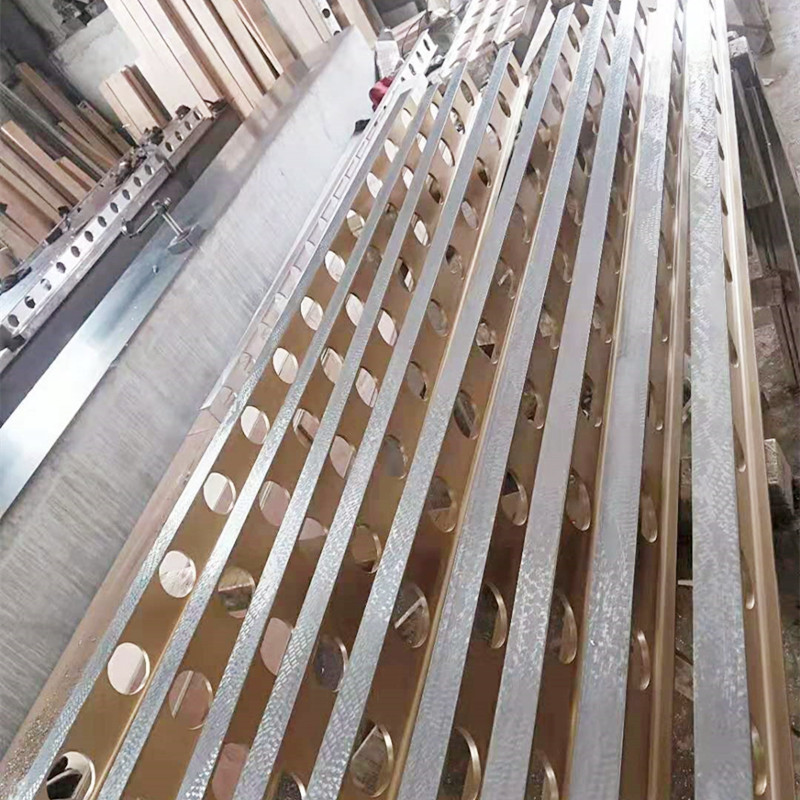nov . 25, 2024 07:21 Back to list
Precision Measurement with Surface Plates for Quality Assurance in Manufacturing
Understanding Surface Plates Precision Tools for Measurement and Machining
In the world of manufacturing and engineering, precision is paramount. One of the tools that plays a crucial role in achieving extraordinary precision is the surface plate. Surface plates are flat, often rectangular, structures used as a reference in the mechanical and manufacturing industries. They are primarily made from granite, cast iron, or composite materials and serve as an ideal base for measuring and inspecting workpieces.
The Purpose of Surface Plates
Surface plates are designed to provide a stable and flat reference surface on which measurements can be taken or machining operations performed. Their primary purpose is to ensure accuracy and repeatability in measurements. When parts are being manufactured, even the smallest deviation from specified dimensions can lead to significant issues in performance and quality. Surface plates help to mitigate these problems by offering a reliable reference point.
During inspections, surfaces plates allow engineers and quality control analysts to determine whether a part meets the necessary specifications. Using precision instruments such as micrometers, calipers, and height gauges, technicians can make accurate measurements against the flat, stable surface provided by the plate. This consistent reference is essential in achieving quality assurance in production lines.
Types of Surface Plates
Surface plates come in various materials, each offering specific advantages and suitability for different applications
1. Granite Surface Plates Granite is the most commonly used material for surface plates due to its natural ability to retain flatness and stability over time. Granite plates are resistant to scratches, wear, and temperature changes, making them perfect for precision work in any environment.
2. Cast Iron Surface Plates Cast iron plates are durable and provide good stability. They can be found in foundries and workshops where heavy machinery is used. However, they are more susceptible to rust and require regular maintenance to keep them functional.
3. Synthetic Surface Plates Made from composite materials, synthetic plates are lightweight and resistant to thermal expansion. They can be a great alternative for specialized applications, where weight savings are critical or where work is performed in non-traditional environments.
surface plate

Key Features of Surface Plates
When selecting a surface plate, several features must be considered to ensure it suits specific needs
- Flatness The primary criterion for a surface plate is its flatness. Manufacturers often provide specifications that define the allowable flatness tolerances. The flatter the plate, the more accurate the measurements taken on it will be.
- Size Surface plates are available in various sizes. The choice of size depends on the types of workpieces being measured or machined. A larger plate may be required for larger components, while smaller plates can suffice for precise work on smaller items.
- Durability Depending on the operational environment, surface plates should be durable enough to withstand the conditions they will face. For instance, a shop exposed to oil, cooling fluids, and heat may call for plates that can resist corrosive materials.
- Portability In some applications, the need for portability is essential. Portable surface plates are readily available and often made from lighter materials, allowing for easy transportation between workspaces.
Maintenance of Surface Plates
To ensure long-term accuracy, surface plates require proper maintenance. Regular cleaning to remove dust, debris, or oil is essential, as any contaminants can affect measurement readings. Additionally, periodic checks for flatness and any signs of wear will help maintain optimal functionality.
In conclusion, surface plates are indispensable tools in the realm of precision engineering, providing a reliable reference for measurements and machining. Their contributions extend far beyond simple measurement; they play a pivotal role in ensuring quality and precision across various manufacturing processes. Selecting the right type of surface plate for specific applications can significantly enhance effectiveness, leading to improvements in overall product quality and customer satisfaction.
-
thread-plug-gauge-our-promise-of-measurement-excellenceNewsAug.22,2025
-
gauge-pin-class-reflecting-quality-legacyNewsAug.22,2025
-
check-valve-types-for-high-rise-buildingsNewsAug.22,2025
-
water-control-valve-for-irrigation-systemsNewsAug.22,2025
-
gate-valve-with-soft-seal-technologyNewsAug.22,2025
-
y-type-strainer-for-oil-and-gas-applicationsNewsAug.22,2025
Related PRODUCTS









